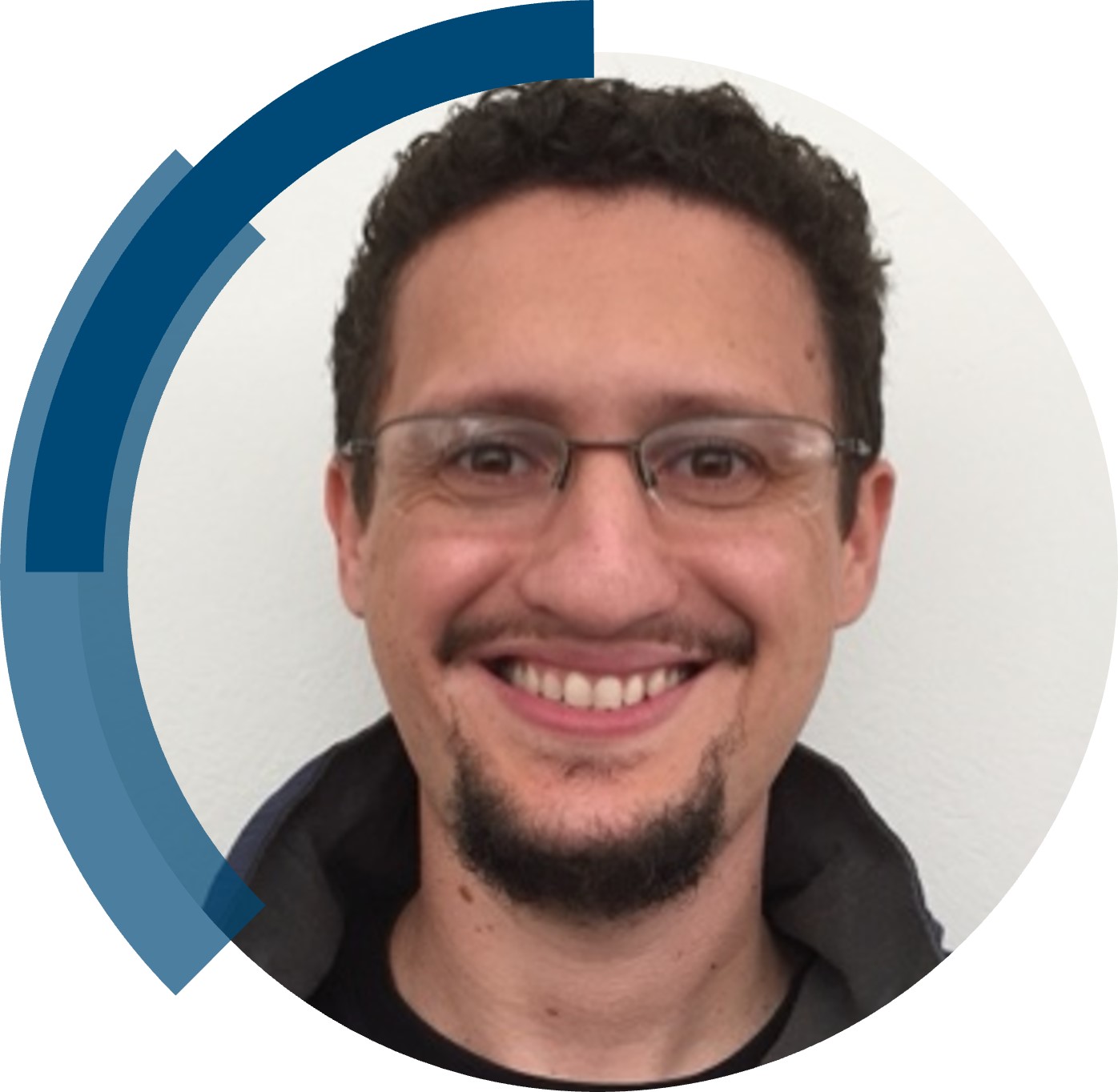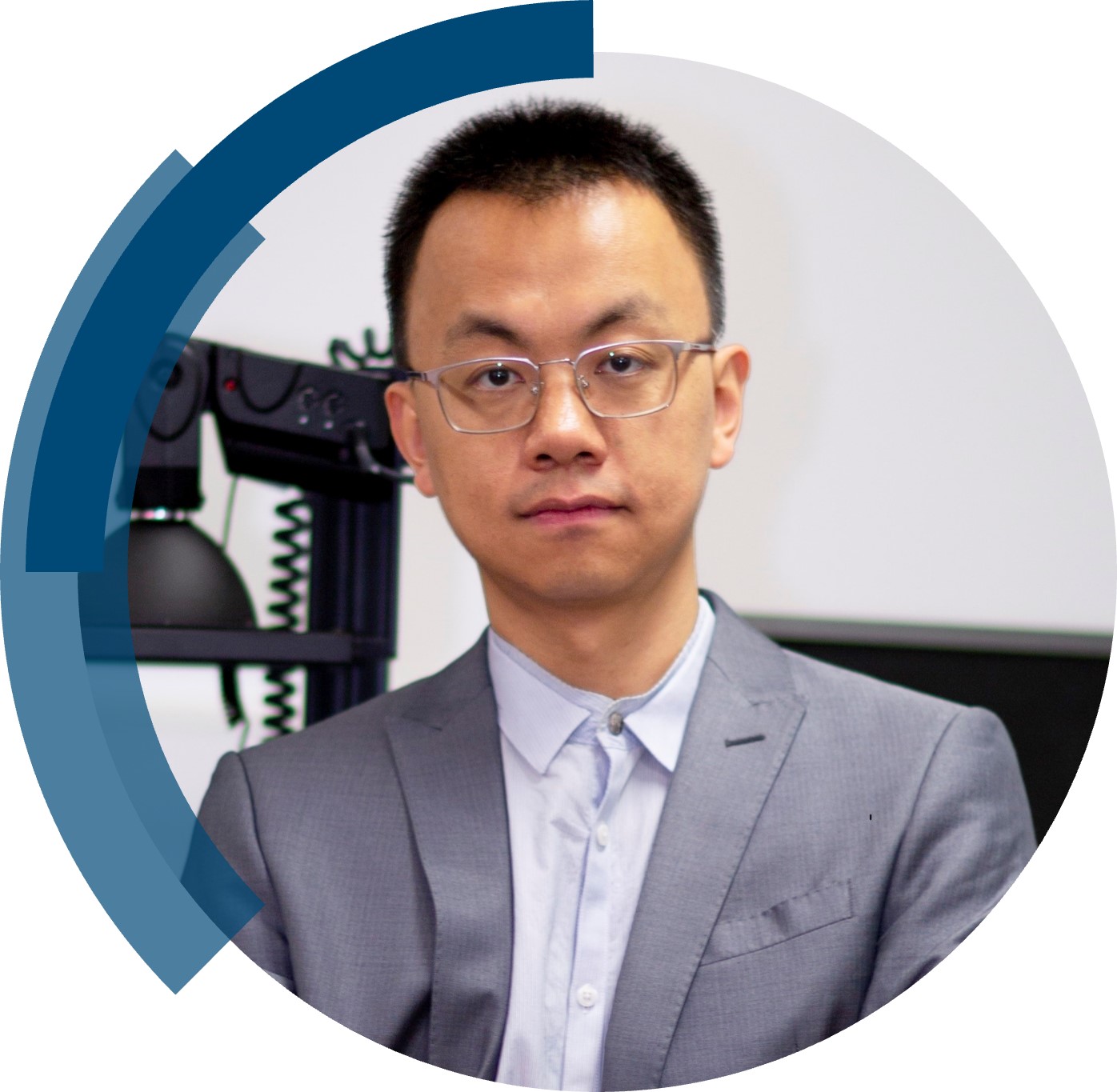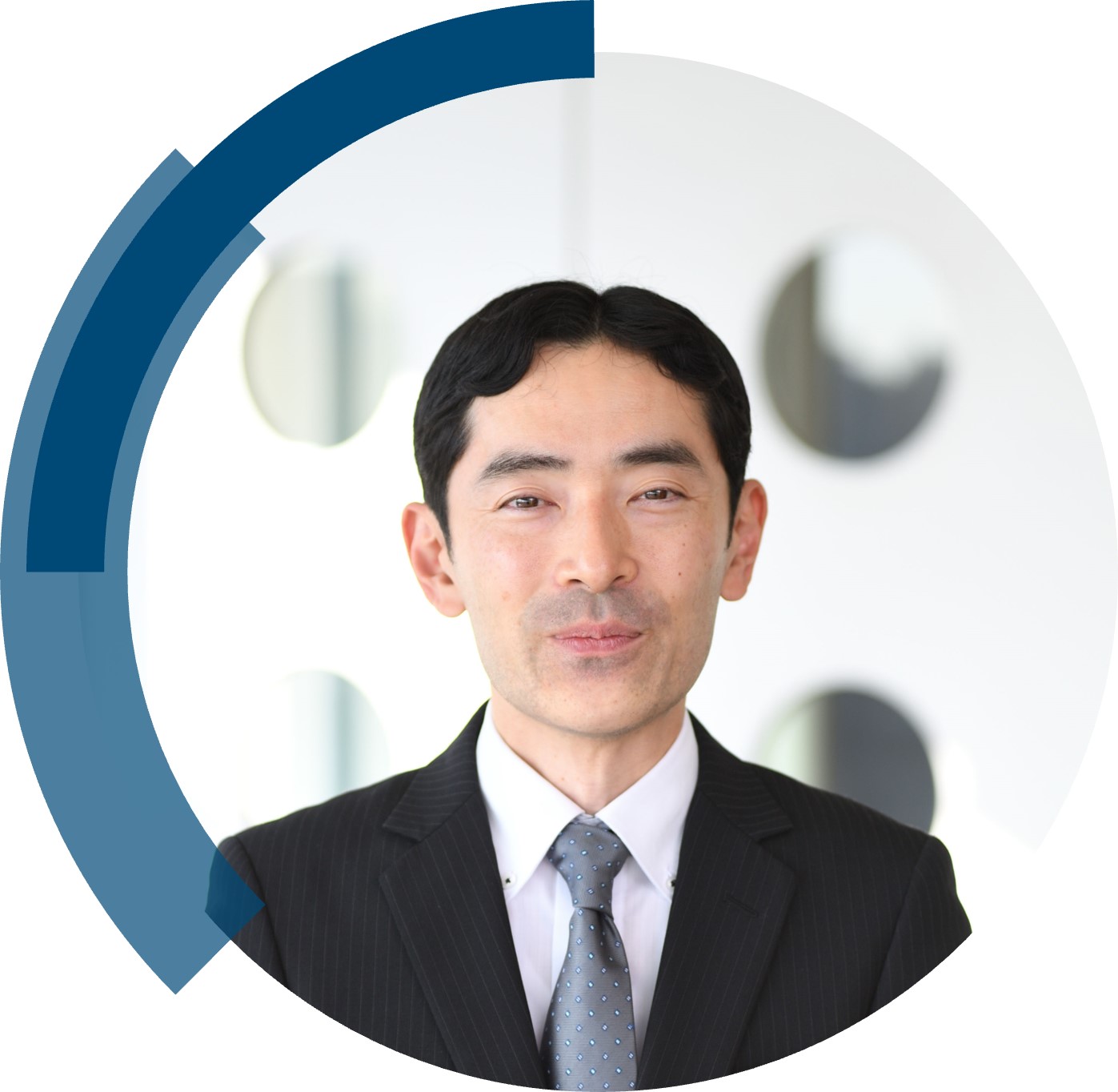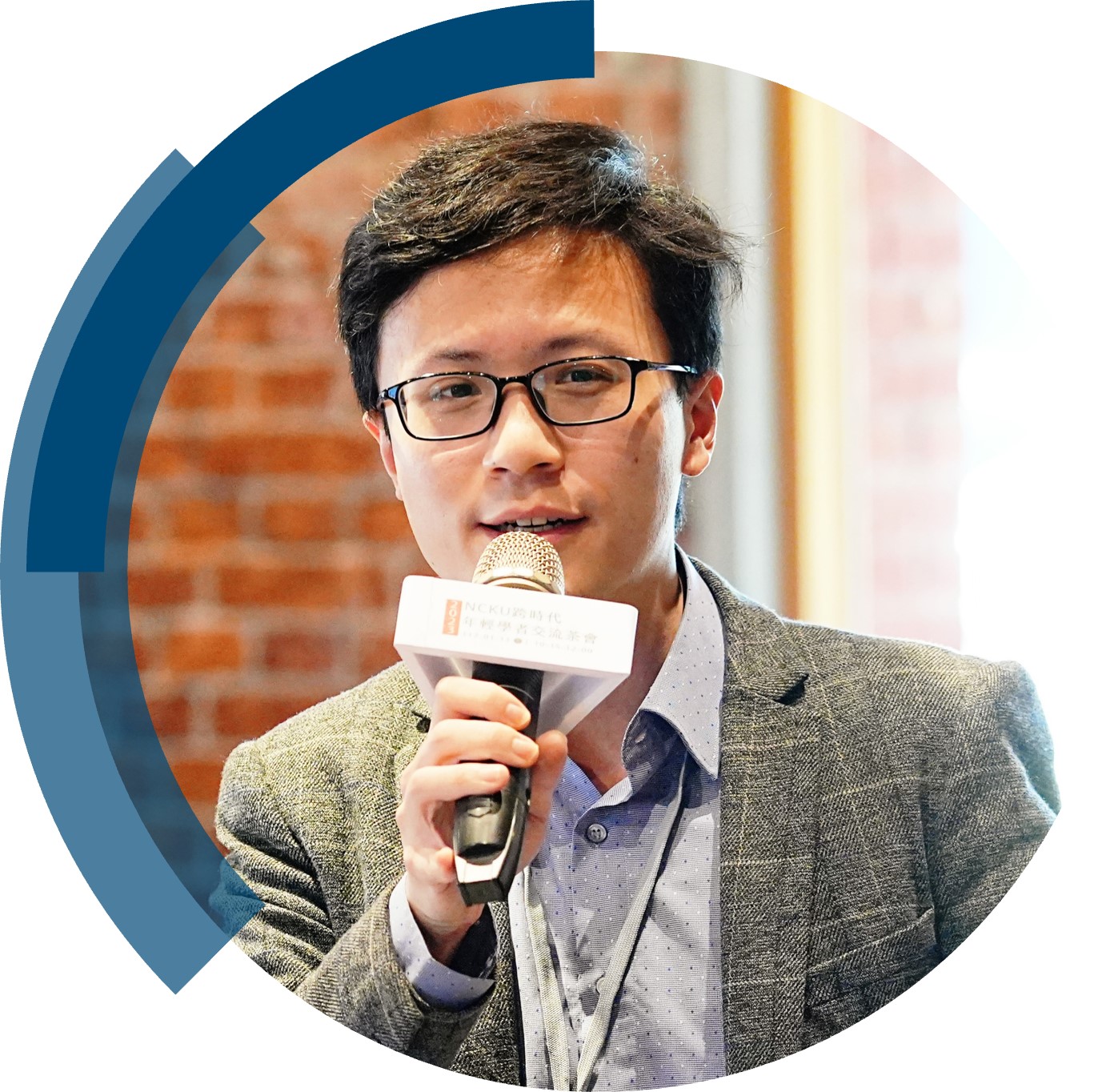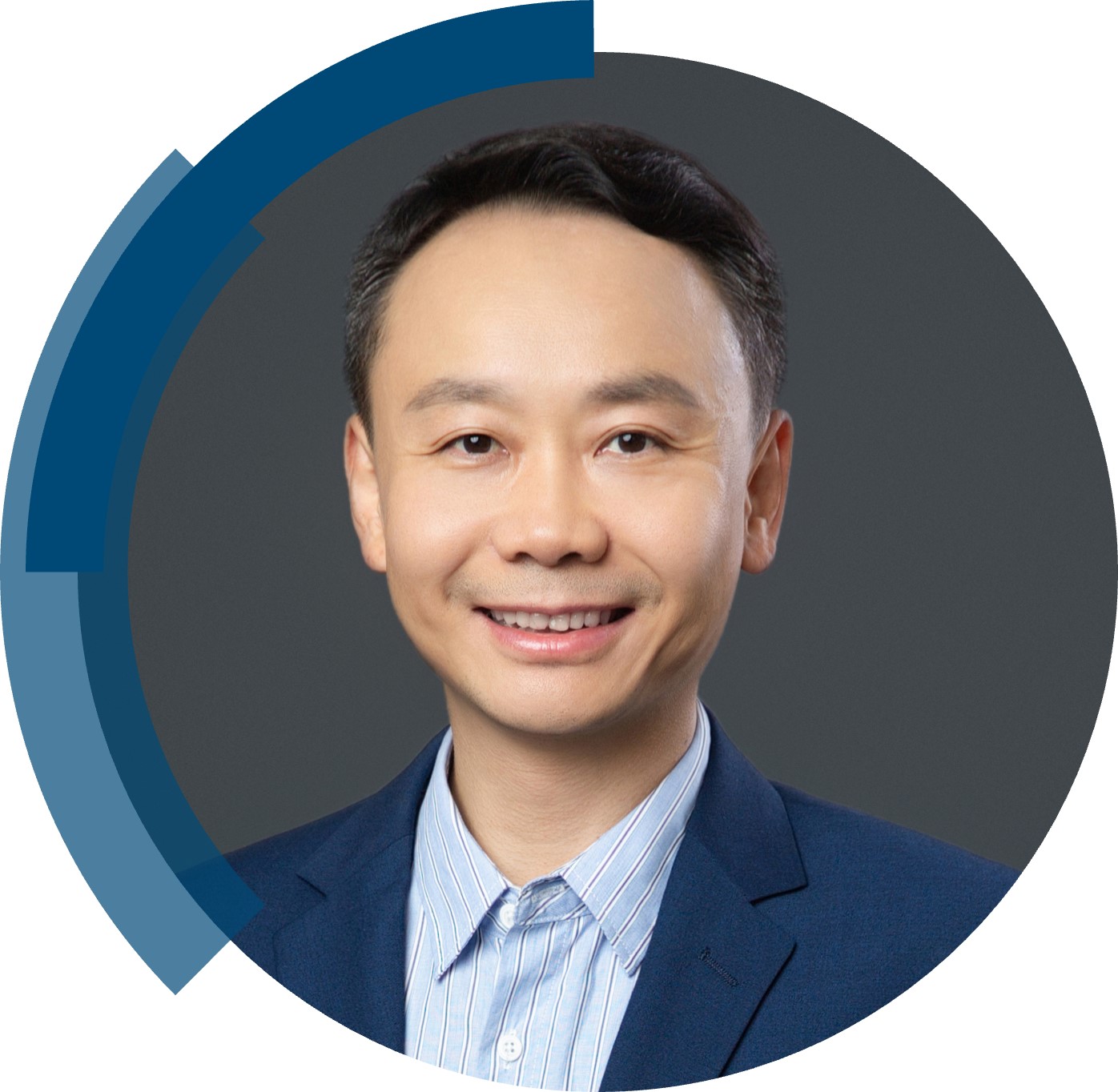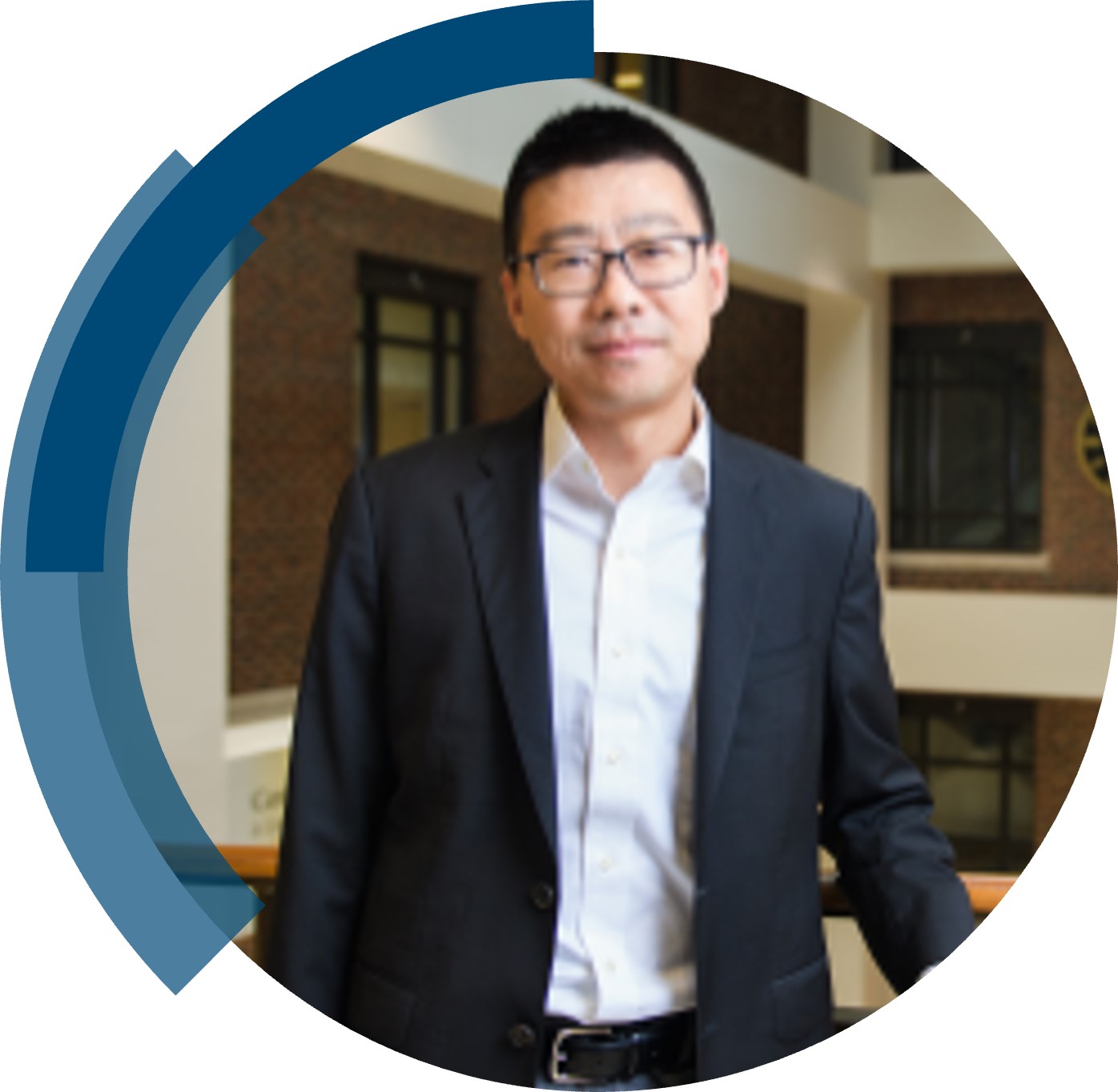ChemComm is publishing its 60th volume in 2024. Over the past 60 years, ChemComm has been the RSC’s most cited journal, and one of the most trusted venues for rapid publication of short communications. In our anniversary year, we recognise the important contributions ChemComm has made, and continues to make, in advancing the chemical sciences.
As part of our anniversary celebrations, we’ve brought together a collection featuring the latest research from some of our most loyal and dedicated authors. From those marking the beginning of their independent academic career by publishing their first article with us, to the rising stars and established leaders publishing in our yearly ‘Emerging Investigators’ and ‘Pioneering Investigators’ collections, this collection champions the contributions of our worldwide author community. We are proud many authors choose to support our journal by regularly publishing their best work with us. This collection also features papers from our ChemComm Emerging Investigator Lectureship winners, and our Outstanding Reviewer awardees, whose invaluable feedback has shaped our published content through the years.
To accompany the collection, we’ll be publishing interviews with contributing authors where they provide further insight into their research and reflect on their journey with ChemComm.
Check out our interview with Professor Neal Mankad (University of Illinois Chicago, USA) below!
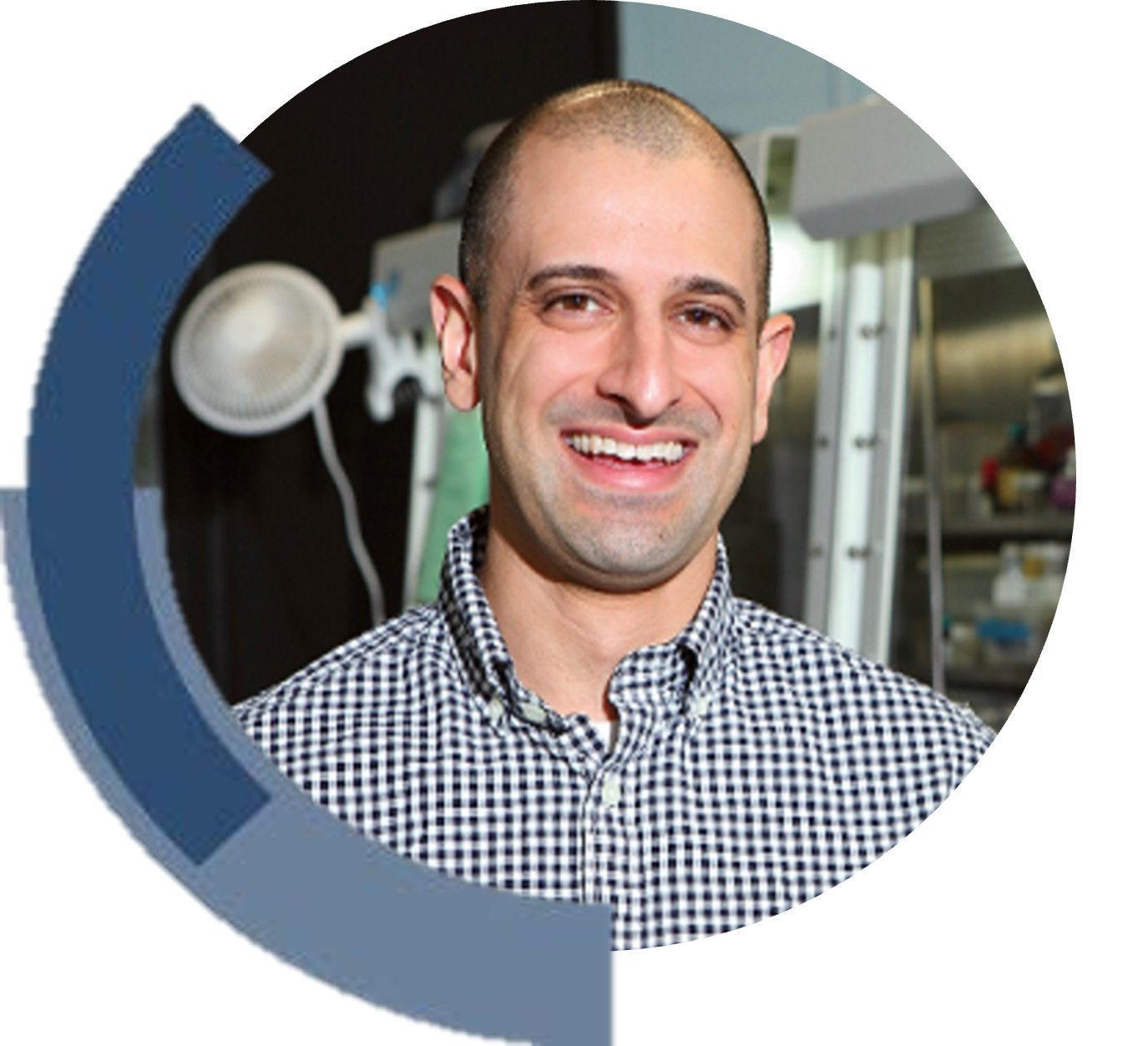 |
Neal P. Mankad received his S.B. in chemistry from MIT in 2004 after having conducted undergraduate research with Prof. Joseph P. Sadighi on copper N-heterocyclic carbene complexes. In 2010, Neal earned a Ph.D. in inorganic chemistry from Caltech as an NSF graduate research fellow under the supervision of Prof. Jonas C. Peters, working on biomimetic and bioinspired complexes of copper and iron. During 2010-2012, he was an NIH postdoctoral research fellow at the University of California, Berkeley, with Prof. F. Dean Toste studying fundamental organometallic chemistry of gold.
Since 2012, Neal has been an independent faculty member in the Department of Chemistry at the University of Illinois Chicago (UIC), where his group focuses on synthetic inorganic and organometallic systems relevant to chemical sustainability. Selected research awards earned by Neal include the Alfred P. Sloan Research Fellowship and the NIH Maximizing Investigators’ Research Award (MIRA). He has also gained distinction for excellence in teaching, including by the UIC Teaching Recognition Program. |
In what ways do you think ChemComm stands out among other journals in your field?
The noteworthy things about ChemComm that stand out to me favourably include the ability to process cutting-edge submissions quickly and the fact that it is a unique venue to publish short-form works at early stages of development.
How would you describe the peer review process and interaction with the editorial team at ChemComm?
The peer review process tends to be efficient and well suited for works that need to be communicated rapidly for any reason. The editorial team at ChemComm (and all RSC journals I’m familiar with, I might add) are ever helpful and responsive.
Are there ways in which the journal can further support and engage with future generations of scientists?
With the increasing number of journals on the scene, it is critical to keep emphasizing the unique aspects of ChemComm that make it irreplicable.
In your opinion, what are the next steps or potential areas of research that could build upon the findings in this paper?
In this publication, we revisited some well-known complexes with Mo≣Mo quadruple bonds and redesigned them to have varying numbers of cationically charged groups in the second coordination sphere. This allowed us to quantify the effect on the binuclear core of electrostatic fields, ultimately revealing that the effect is just about half that what we’d expect for a mononuclear core. Not only is this new fundamental knowledge about electrostatic field effects in inorganic chemistry, but also it is crucial calibration data we will use when carrying out studies in which we use closely related complexes for energy storage applications. Look for this soon in the literature!
Be sure to read Neal’s communication, “Quantifying effects of second-sphere cationic groups on redox properties of dimolybdenum quadruple bonds” to learn more!













